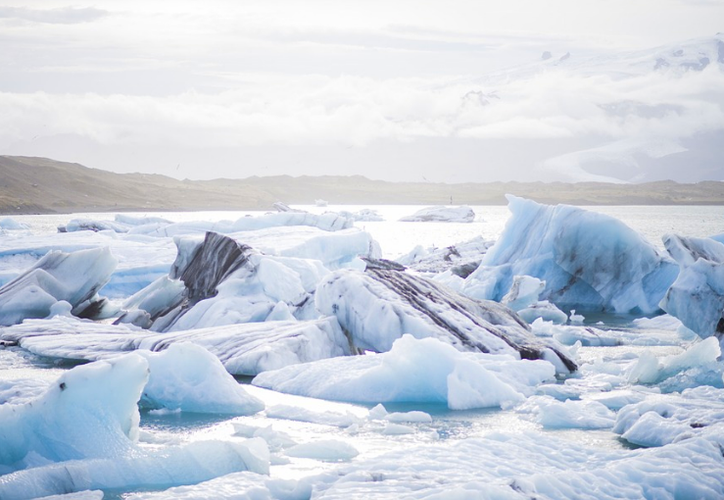United State. According to the team of climatologists and microbiologists from Ohio State University, they analyzed two ice samples about 15,000 years old taken in 2015 from the Julia Glacier.And In western China, the genetic codes of 33 viruses were found, 28 of them were unlisted and turned out to be brand newAccording to a study published in the journal microbiome.
Half of them seemed to have survived the moment of freezing, not despite the ice, but because of it, the researchers said. This is very important information, since Glaciers in Tibet are shrinking every year and ancient viruses rise to the surface as they melt.
“These are viruses that can thrive in extreme conditions,” Another study participant, Dr. Matthew Sullivan, professor of microbiology at Ohio State University explains. “They have genetic fingerprints that help them infect cells in very cold conditions,” he adds.
Most of these #virus, which survived the freeze, is unlike any other virus that has been cataloged so far. (Few) https://t.co/yJx0MV6Zzs
– DW Español (@dw_espanol) July 21, 2021
Ultra-Pure Ice Extraction Techniques
To decipher these signatures, scientists have developed a New ultra-pure ice sterilization method prevents sample contamination with modern microbes, a serious problem with this type of study.
“Maybe this method will help us find genetic sequences in ice in other extreme conditions, for example, on Mars or the Moon or closer to us, in the Atacama Desert,” Sullivan says.
The discovery will help in the future against other pathogens
The authors of the work hope that their discovery will help trace the history of the evolution of viruses already Better understanding of changes in the environment from the distant past.
“These are viruses that can thrive in extreme conditions,” Another study participant, Dr. Matthew Sullivan, professor of microbiology at Ohio State University explains. “They have genetic fingerprints that help them infect cells in very cold conditions,” he adds.
The authors of the work hope that their discovery will help trace the history of the evolution of viruses and better understand the changes that occurred in the environment of the distant past.
Historical information inside the glaciers
Glaciers store a large amount of information about the history of the EarthBecause it traps dust particles, traces of gases, microbes, and plant matter from the environment.
Thanks to glacier exploration, it is possible to obtain data on the paleoclimate, the composition of the atmosphere and the species that existed at different times in history, he explains. Zhe Bingzhong, lead author of the study and researcher at Ohio State University Byrd Center for Climate and Polar Research.
With information from RT.
It may interest you:
Mexico is interested in obtaining the Cuban “Soperana” vaccine against the virus
China reveals the first human case of the H5N6 strain of bird flu
All you need to know about Monkey B virus, symptoms, treatment and mortality

“Problem solver. Proud twitter specialist. Travel aficionado. Introvert. Coffee trailblazer. Professional zombie ninja. Extreme gamer.”




More Stories
With a surprise in the case: a strange cell phone from Nokia was introduced
PlayStation Stars: what it is, how it works and what it offers to its users | Sony | video games | tdex | revtli | the answers
t3n – Digital Pioneers | digital business magazine